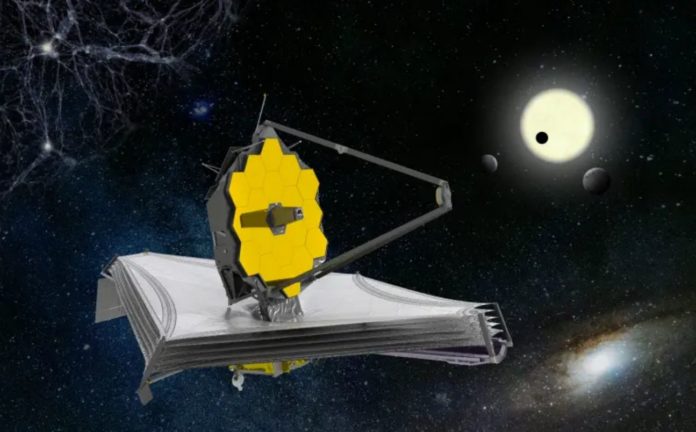People often ask why we need a powerful telescope like Webb to investigate our solar system. Here’s the first example…
Using NASA’s long-awaited James Webb Telescope, the space agency has successfully tracked a moving asteroid, according to the US space agency.
The announcement, which further validates the telescope’s capabilities, marks another step forward for NASA as the telescope nears full scientific readiness.
What asteroid was selected?
The asteroid 6481 Tenzing was picked from a pool of roughly 40 possibilities. It was named after Tibetan mountaineer Tenzing Norgay, who was one of the first to climb to the top of Mount Everest.
In the asteroid belt, this asteroid usually circles between Mars and Jupiter.
“Since the objects were all virtually identical otherwise, picking the one with a name linked to success seemed like a no-brainer,” said Bryan Holler of the Space Telescope Science Institute.
What is the significance of tracking moving targets?
James Webb needs to be able to keep track of things that move all over the universe.
Other tests will be carried out in the future on objects moving at different speeds to ensure that the James Webb telescope can investigate them.
About the James Webb telescope
NASA’s newest flagship space telescope, the James Webb telescope, will replace the aging Hubble Space Telescope.
The enormous telescope measures 20.2 meters by 14.16 meters and weighs 6,500 kilos. It was also pricey, costing $9 billion.
It is set to significantly extend our understanding of the world around us and our place in it, thanks to its specifically developed, cutting-edge instruments.
James Webb is working on a number of intriguing initiatives that will allow us to examine far-away exoplanets (planets outside the solar system) in more detail than current telescopes. It can investigate faraway galaxies and get a closer look at the zones around black holes.
However, during its first year of operation, it will spend about 7% of its time on objects in our Solar System.
As explained by Webb multidisciplinary scientist Heidi Hammel, “Our solar system has far more mysteries than my team had time to solve.”
“We will image the giant planets and Saturn’s rings, explore many Kuiper Belt objects, analyze the atmosphere of Mars, execute detailed studies of Titan and much more!”
Image Credit: NASA
You were reading: This Is What Makes NASA’s James Webb Space Telescope So Special
